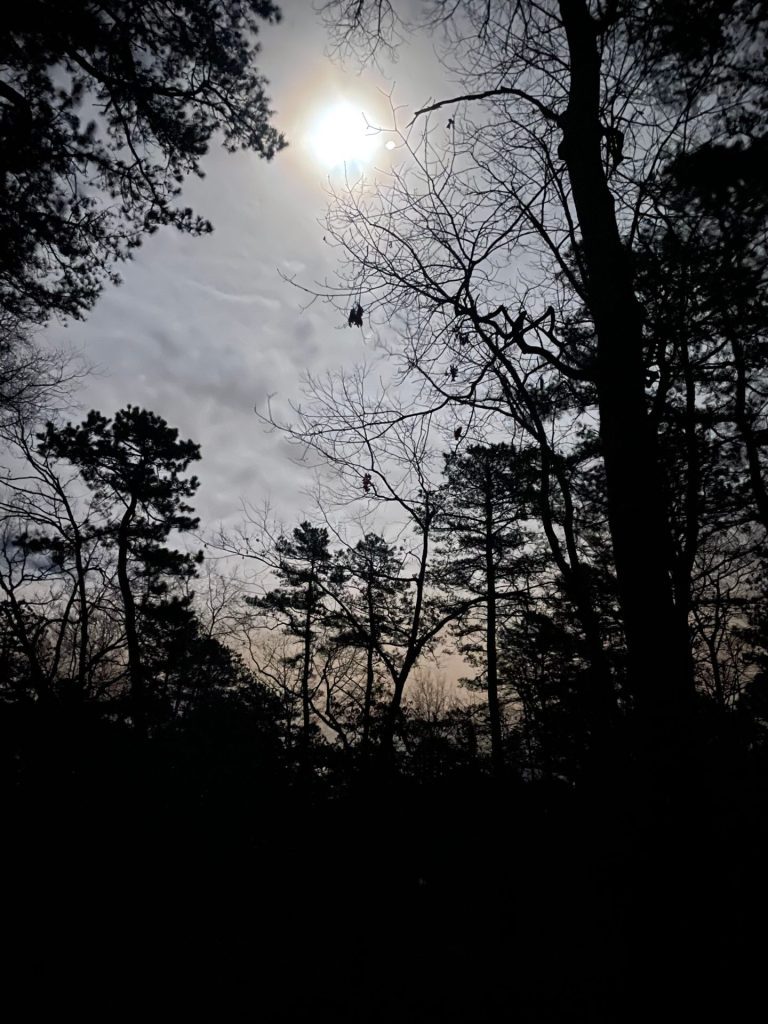
“The unwelcome November rain had perversely stolen the day’s last hour and pawned it with that ancient fence, the night.” ~F. Scott Fitzgerald
It just so happens that I’ve recently come back from a two day camping trip that was set a few weeks in advance.
As the day approached, the forecast called for intense rain and coastal flooding – calling for up to a foot of rain and flash flood warnings.
It also called for winds of up to 30 mph.
Naturally, I and the person with whom I had planned to go camping had only one reasonable choice in the affair.
To proceed.
I have camped with this individual in the rain many times before, and I’ve learned better from experience than from what I learned in manuals and from my time in scouts.
And, if you were wondering, the rain and wind were bad. Some of the worst I’ve ever camped in. In fact, the rain was so severe that it was too loud to sleep.
But guess what. We stayed dry.
Unfortunately, other times I was not so successful. Perhaps that’s why this time we were.
Here’s what I’ve learned about camping in wet winter weather. Put some of these into practice the next time you venture into the woods.
Do Not Trust the Rain Fly
The first and most basic piece of advice I can offer you is quite simple and straightforward.
Do not trust the rain fly.
I know, the tent comes with it, and its literal entire purpose is to keep you dry. But if you rely on it, you will be disappointed.
In a light rain, your tent’s rain fly will work. Even, perhaps in a moderate rain; but in a gale, you will get soaked.
That’s another thing. Don’t trust what tent manufacturers and advertisers say about the “DWR” (durable water-repellent) finish on the outside of the tent. It’s marketing hype. Again, in a light rain you’ll be fine. Anything else, you’ll get soaked.
By all means, put up the rain fly. But do not expect it to keep you dry if the rain really comes down.
You’ve been warned.
Do Not Trust “Water Repellent” Coatings
I kind of already covered this, but let me take it a step further to its eventual and sadly necessary conclusion.
Let’s say you didn’t trust your tent’s DWR finish.So you went and bought your own waterproofing and applied it yourself. Now your tent has two safeguards against rain, right?
On paper, maybe.
You can knock yourself out applying waterproofing to your tent. It might work in a light rain, but you’ll be soaked if it ever really comes down.
Choose a Suitable Location
If you choose a bad location to pitch your tent, you’re going to get wet even if you follow the rest of my pointers to the letter.
So, on that note, what is a good place to establish camp?
That’s a good question. Somewhere high. Survey your campsite and pick the highest ground, preferably something with a light grade.
Whatever you do, do not pick a low area.
Cover the Entire Tent with a Tarp

This is probably the most important piece of advice I have to offer, so take it to heart. Make sure you get a tarp that is large enough to cover your entire tent on all sides.
I’m talking more than twice the surface area of the base of your tent. You should be able to cover the entire tent with this thing and not be able to see any of the tent.
Start pitching camp with this tarp first. Lay it out flat, then stake down one side (let’s make this the back) then pull it back and pitch your tent under it.
Once the tent is pitched, bring the tarp back over the top of the tent. You need to make sure that the tarp covers the entire tent and runs full down all four sides.
Anywhere the tarp does not completely cover the tent, it’s going to get wet.
Stake the Tarp Down with Multiple Stakes
Unfortunately, you’re still not done at this point. Once the tent is pitched and the tarp basically set, you need to stake down all four sides.
Use whatever spare stakes you have and carve extras from wood that’s lying around if you must. Pound the stakes in all the way, so that the tarp is pulled tight against the ground.
This is imperative. You must stake down the entire tarp at all four corners for two reasons or you will get one.
One is that staking down the tarp will ensure there is a proper angle for rain to run off and drain away. Failure to stake can result in pooling.
The other is that if you don’t stake it down and rain is accompanied by wind, it can pull the tarp back over the tent and allow rain to enter.
As I said, the storm I experienced recently was accompanied by winds in the area of 30 MPH. I staked the tarp down with eight stakes and still the wind pulled three of them out.
That is something you don’t want to happen, but at that point, there was nothing I could do. Luckily, we stayed dry.
Forget the Ground Cover; Place a Tarp Inside the Tent
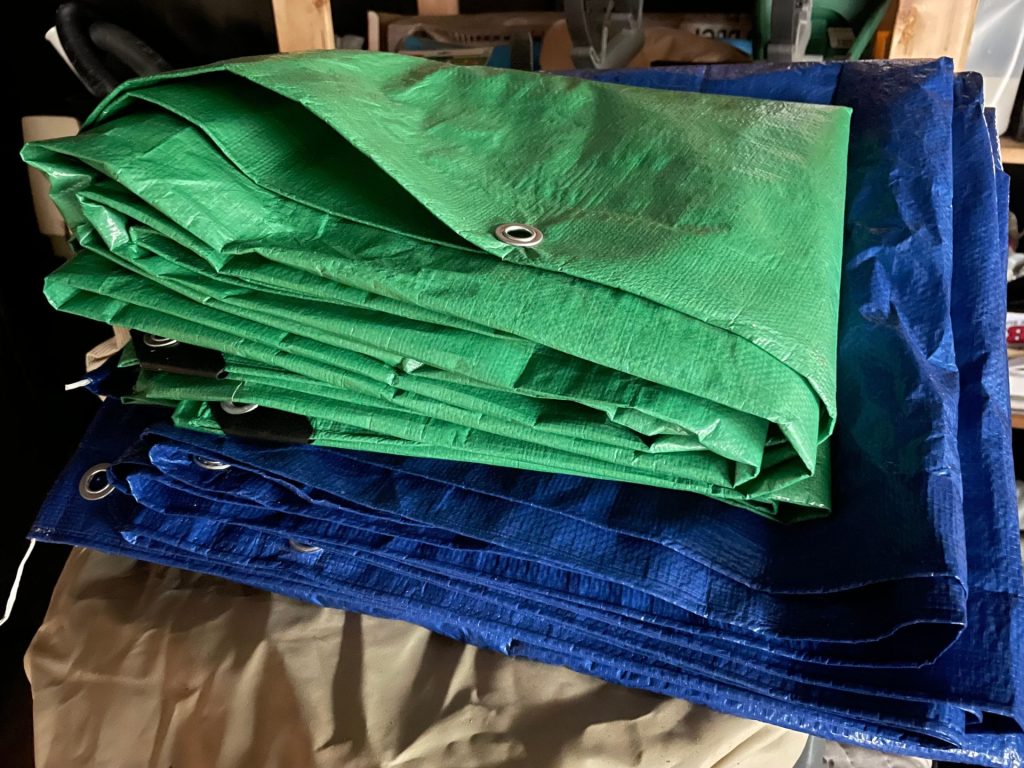
This is another thing that sadly, I had to learn from experience.
The irony here is that I have read manuals that suggest the exact opposite of this, and, if I recall correctly, I learned the opposite of this when I was in scouts, too.
I’ve always been told to lay down a tarp or some other ground cover on the ground under the tent. The logic here is that the tarp will help keep water from welling up under the tent.
On paper, that reasoning is sound and seems at least, water-tight, if you can excuse the pun.
That is, until you actually go camping in the rain and try it. Then, the walls of the paper mansion of lies crumble down. It doesn’t work at all.
What actually happens when you place a tarp down is this. It rains. Some of the rain runs down from the high end of where your tent is pitched to the low end. Inevitably, some of it runs over the top of the tarp.
Since water can’t sink down through the tarp, it stays on top of the tarp. If enough water gets on top of the tarp, which, believe me, will happen if it’s raining hard enough, it will start to seep up through the bottom of the tent.
And you’ll be soaked.
Don’t believe me? I don’t care. Go get wet.
But, I have a better solution. For this, you’ll need a tarp that’s just ever so slightly larger than the inner floor surface area of your tent.
After you pitch the tent, spread this tarp out inside the tent, on the floor. Ideally, you want the tarp to ride up the sides of the tent’s walls by a few inches on each side, making a sort of “boat” of itself inside of the tent.
If the ground under your tent gets wet, it might seep up from the bottom of the tent – but there will be a tarp under you, so you will stay dry.
And, since you have a tarp over the tent, there will be no way for water to reach you.
Rain will flow off of the tarp over the tent and then run onto the ground. If it’s really raining heavily, some of that might get under your tent, but with the tarp over the tent and the tarp under you and inside of the tent, there will be no way for water to get to you.
It might be slightly uncomfortable, but that is also the nature of camping in inclement weather. It was never about being comfortable. It was about being the least uncomfortable as possible.
I Don’t Care That It’s Cold, Leave All the Vents and Windows Open
Most tents are equipped with multiple mesh windows that are designed to give you a bit of a breeze in hot, clear weather.
If it’s raining, you should close up all of the vents and windows, right?
I wouldn’t, because you already have a tarp covering you so rain won’t get in.
But there’s something even more foul at play here: it’s cold out, and you, with every breath you take, are exhaling moisture. You’re also a warm human being.
So if you seal yourself up inside the tent on a cold winter night and close all the vents, all that moisture you exhale will have nowhere to go. Your body heat will warm up the tent walls, and all that moisture will condense rapidly on the walls of the tent.
Then, everything in your tent will get wet in spite of all that hard work you put in already with the tarps.
So, my suggestion is, leave all the vents open. It’ll be cold in the tent, but that’s why you should be wearing warm clothes and have a warm sleeping bag.
Keep a Dry Box in the Tent with You
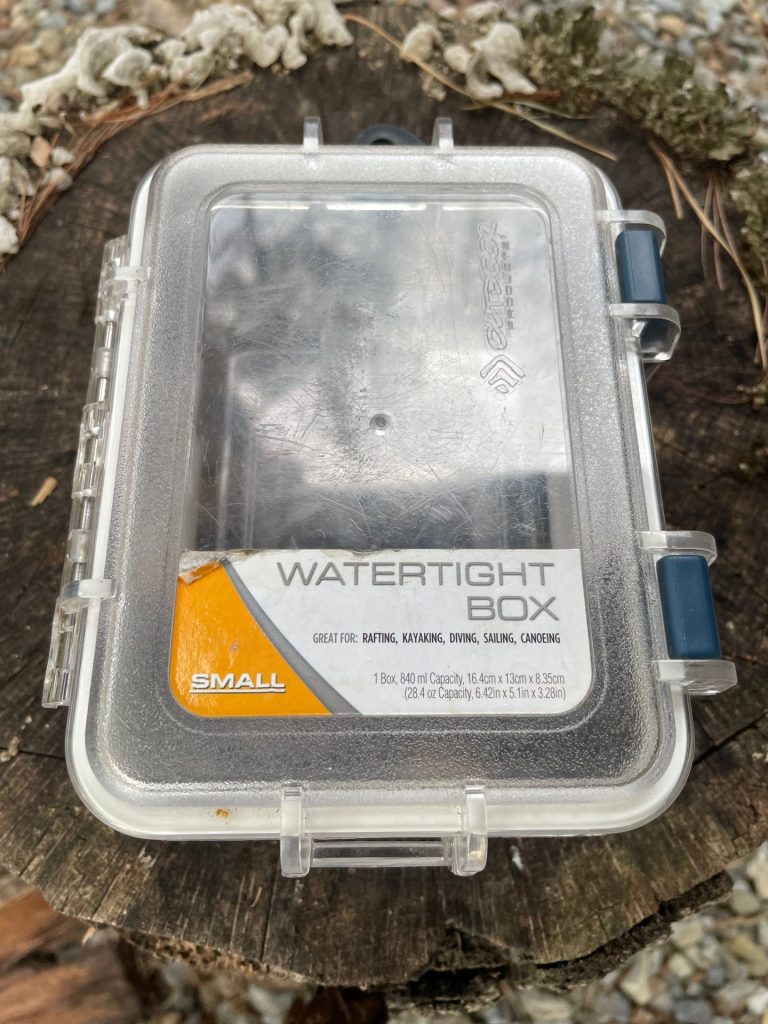
This is not necessarily related solely to camping but it is good wet weather advice nonetheless.
You’re going to have some valuables in the tent with you, right? Potentially some expensive, important, electronic valuables, like your keys and wallet and phone?
Whatever you keep in the tent with you that can be damaged by water, make sure you keep it either in a fully gasket-sealed dry box or in a dry bag.
If you wake up wet, you won’t be happy. If you wake up and your phone and wallet are wet, you’ll be without your phone and wallet.
It’s just one more hedge against the failure of whatever other waterproof safeguards you put into place, and one more redundant measure against the ingress of rain.
Consider a Candle Lantern Instead of a Battery Powered One
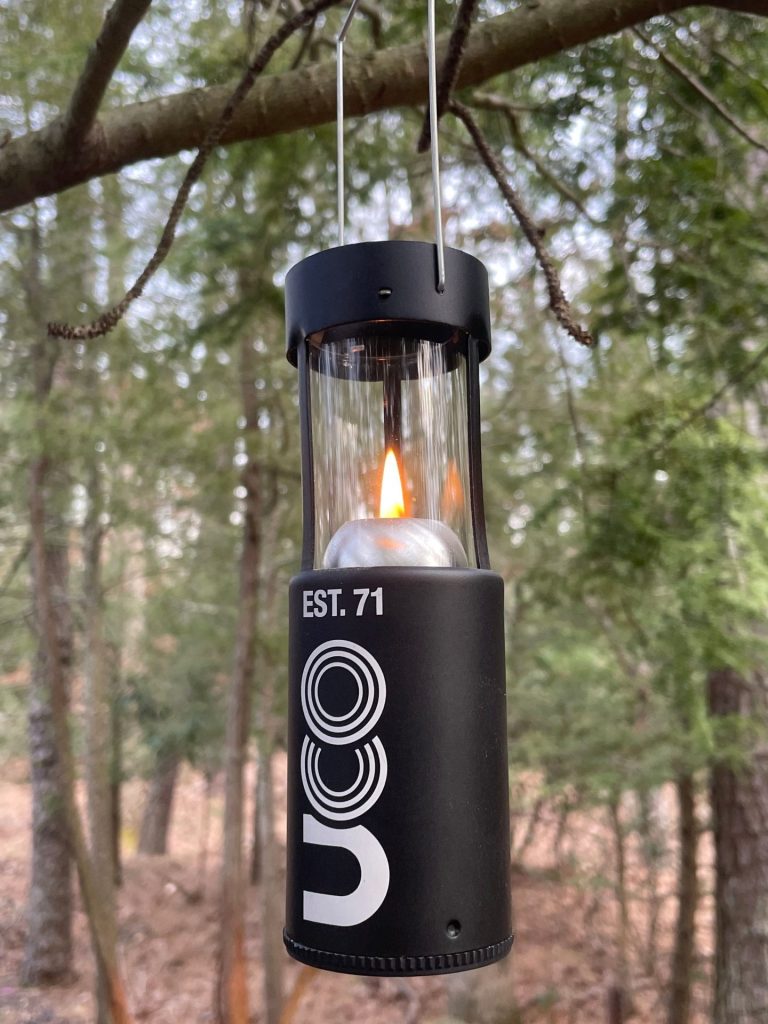
This does go just about against my advice above, but I’m going to say it anyway because it’s nice to know.
There are candle lanterns you can buy. UCO makes some of the nice ones and I have a few of them.
A candle can heat up a room in a house by a few degrees. Tents, being much smaller than most rooms, can also reap this benefit, as long as the vents are closed.
If you don’t mind the risk of condensation, then you can always use a candle lantern like one of these to heat up the tent by a few degrees.
It won’t be much, because tents have thin, uninsulated walls, but it can also be a morale booster at times.
Wear Wool
I’m not going to beat a dead horse. I wrote about this at length in my other post, “Why Your Clothes Should Be Made of Wool,” so I’ll keep this one short.
Wool is tougher than cotton, lasts longer than cotton, does not smell, and has thermal characteristics that far exceed cotton (a fancy way of saying it’s warmer).
But those pale in comparison to one very convenient truth. Wool retains as much as 70% of its thermal insulative properties even when it gets wet. That’s fact, you can look me up on it.
Cotton? Cotton kills you. It gets wet and sucks heat out of you as the water evaporates, chilling you to the bone.
If you plan on camping in the wet winter weather, you would do very well to invest in some high-quality waterproof clothing, wax a jacket, and wear some wool underneath it all.
Now Get Out There, Winter Is a Better TIme to Camp Anyway
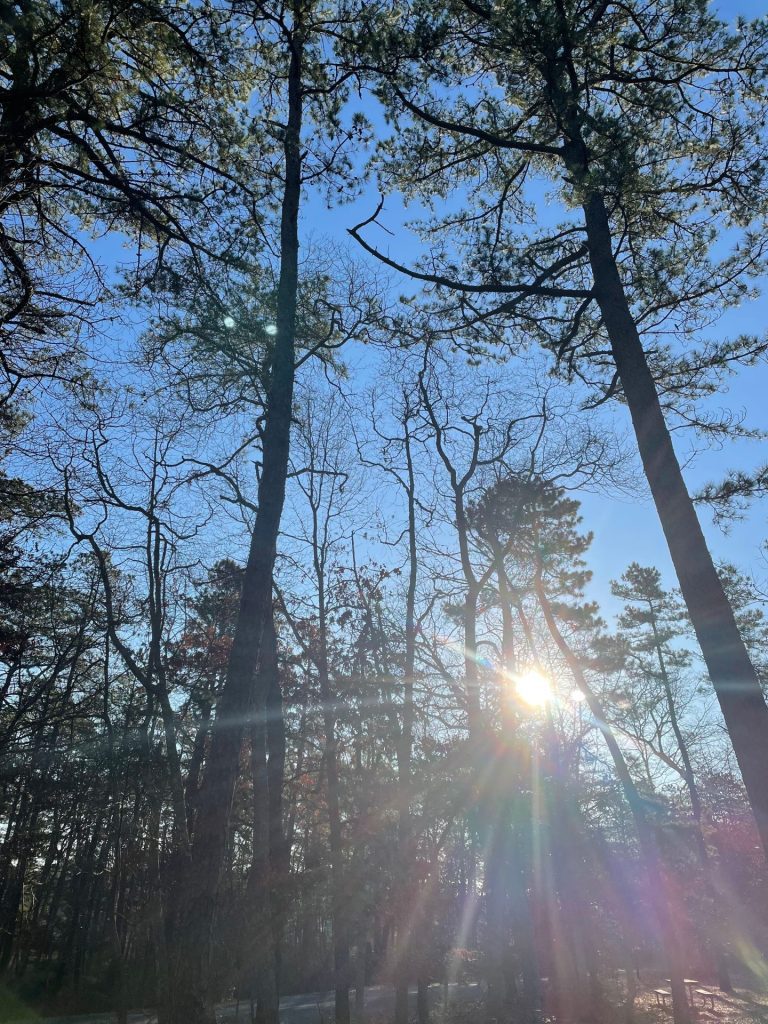
If everything I just covered sounds like a lot of work, well, it sort of is. I’m not trying to pretend it isn’t.
But it’s well worth it, and while I don’t particularly enjoy wet weather (in fact, I hate humidity and being wet in general) I have firmly come to the conclusion that cold weather camping has literally every conceivable advantage over summer camping.
One, in the winter, there are few to no bugs. That means no ticks, no flies assaulting your food around the camp kitchen, and no chiggers or mosquitoes.
The temperatures are also more bearable in the winter. Where I live, summers are miserable. I get too hot swinging an ax when it’s 30℉. In the summer, forget about it. Some aspects of camping entail grueling work and grueling work is much more comfortable in winter temperatures.
A campfire, one of the great joys and aesthetic pleasures of camping, is more enjoyable in the winter. In the summer, sitting around a campfire is a practice in personal discipline. In the winter, it’s a treat and restores comfort.
In the winter, you can leave your food out and there’s no risk of spoilage. When you’re camping in the summer and bring along perishable goods, opening the cooler is an exercise in anxiety. In the winter, you can just put food out on the table and the cold air will do the refrigeration for you.
And finally, in the winter, you deal with fewer crowds – and that’s what camping is all about anyway, isn’t it?
So don’t let a little bit of rain (or snow) stop you.
~The Eclectic Outfitter